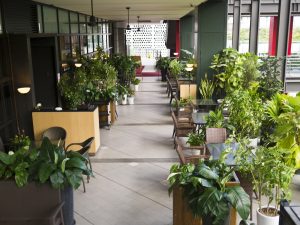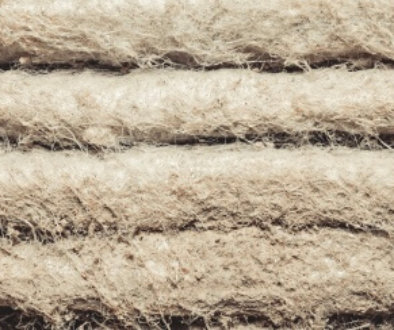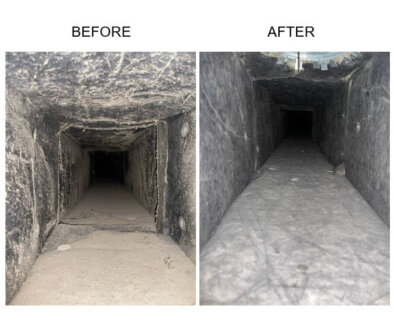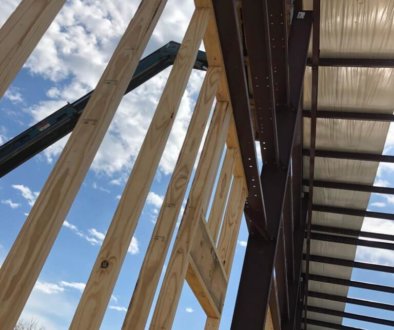
There is some indication that you may need to plan on hiring a gardener to meet your indoor air quality needs. Indoor Air Quality (IAQ) is a complex issue with a ton of options designed to help, improve or eliminate indoor pollution. It is such a wide spread issue that the US Environmental Protection Agency (EPA) lists IAQ in the top five risks to public health.
The number one corrective step is likely to be increased ventilation. In other words, the goal is to bring in more outside or fresh air to mix with the stagnate polluted indoor air. But what about markets where outside air is not fresh? There are places where pollution warnings are issued just like tornado or hurricane warnings. You can check your cities pollution index here.
There is a man in Delhi, India named Kamal Meattle who has come up with an unusual solution to pollution. It was a very real and important task for Kamal since Delhi, his home, is number 13 of the most polluted cities in the world. Using outside air to fix bad indoor air is not an option in these cities. Video Here.
Kamal’s solution? Plants, yes plants. With some help from a few government agencies Kamal has come up with 3 very common plants that can literally solve the IAQ problem.
The common name of the first plant is Areca palm; it removes CO2 and converts it into oxygen. This is not surprising to most who have read anything about plants in general. The unusual thing about this plant is the volume of CO2 it can covert in relation to its size.
Depending on the level of pollution you are dealing with you may need as many as four shoulder high Areca palms per person. You will also need to wipe the leaves. In Delhi, they wipe them daily. You may only need once a week.
The next plant’s common name is Mother In-Law’s Tongue. Most plants convert CO2 to oxygen during the day, this one makes the conversion at night. This provides 24/7/265 CO2 conversion. According to Kamal you will need at least 6 waist high plants per person.
The last plant is commonly known as the Money Plant. This plant removes formaldehyde and other volatile organic chemicals (VOCs).
This setup is so successful the government of Delhi has hired Mr. Meattle to install the plants in a 1.75-million-square-feet building. Amazingly this will require 60,000 indoor plants!
The study that triggered the government to make this move showed that, compared to other buildings, there is a reduced incidence of eye irritation by 52 percent, respiratory systems by 34 percent, headaches by 24 percent, lung impairment by 12 percent and asthma by 9 percent.
The experience also points to an amazing increase in human productivity by over 20 percent by using these plants. Plus, a very respectable a reduction in energy requirements of 15 percent.
If you’re not into plants or are just looking for a less green way to solve an indoor air quality issue you can follow the suggestions of the American Society of Heating, Refrigerating and Air-Conditioning Engineers (ASHRAE):
- Vent areas likely to produce odors or pollution directly outdoor. This includes places like bathrooms, kitchens, toilets, laundry, clothes dryers and central vacuum cleaners.
- Make sure your heating and air conditioning systems including the associated duct-work are all located away from potential sources of pollution like garages, storage areas.
- Make sure your heating systems are properly vented including fireplaces, wood stoves and other hearth products.
- Store toxic or volatile compounds, such as paints, solvents, cleaners and pesticides, in a building separated from occupied buildings.
- Use sealed-combustion, power-vented or high-efficiency condensing-type water heaters and furnaces.
- When natural-draft applications must be used, they should be tested for proper venting.
- Use high grade filters or air cleaners in your air-handling system to keep dirt out of the air and off of your duct-work.
- Meet the minimum Fresh Air requirements for your building type and size.
The key to success for all of this is a maintenance agreement. Because you can do all of this and if your heating and air conditioning system doesn’t run well, its pointless. Make sure to call CMC Corporate Solutions before you attempt any of these suggestions. Contact us here.




